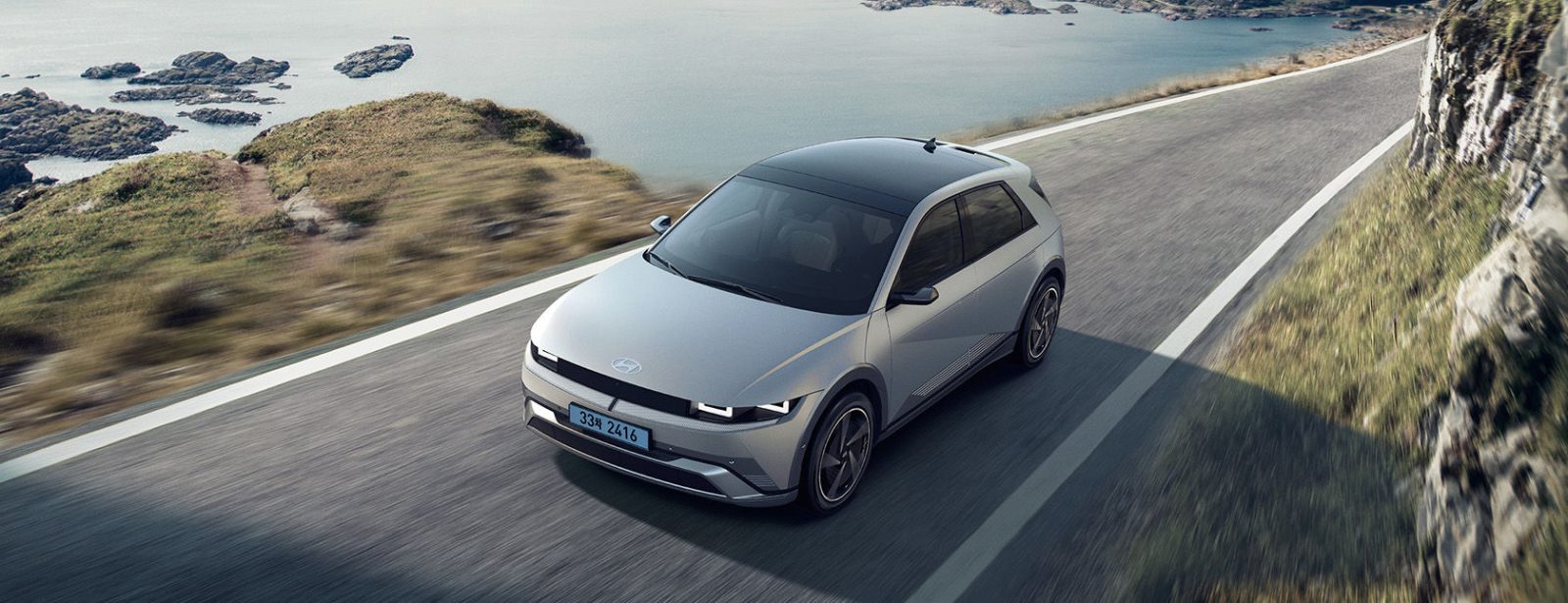
Hyundai has updated its Korean website with details about the expected refresh of its popular Ioniq 5 EV, with only minor changes from the original design but a lot of new features on the inside.
We’ve been expecting a refresh to the Hyundai Ioniq 5, and an apparent facelift was spotted testing last year, complete with your standard ugly automaker camouflage covering up the doors and bumpers.
Now the veil has been lifted on the refresh and… it looks pretty similar. But the refresh comes with a lot of new features, in particular some fixes for a lot of the various shortcomings of an otherwise excellent car.
The details are all available on Hyundai’s website, but it’s in Korean only. The American website has not yet been updated with the new details, and everything we talk about here is on the Korean version, and may or may not make it to the US version. We can imagine a lot of these changes will be carried over, but there may be some differences in what’s available in each market.
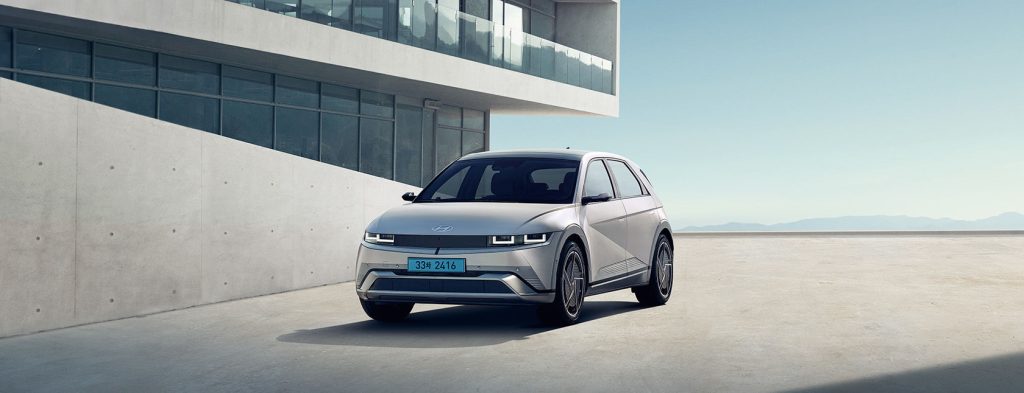
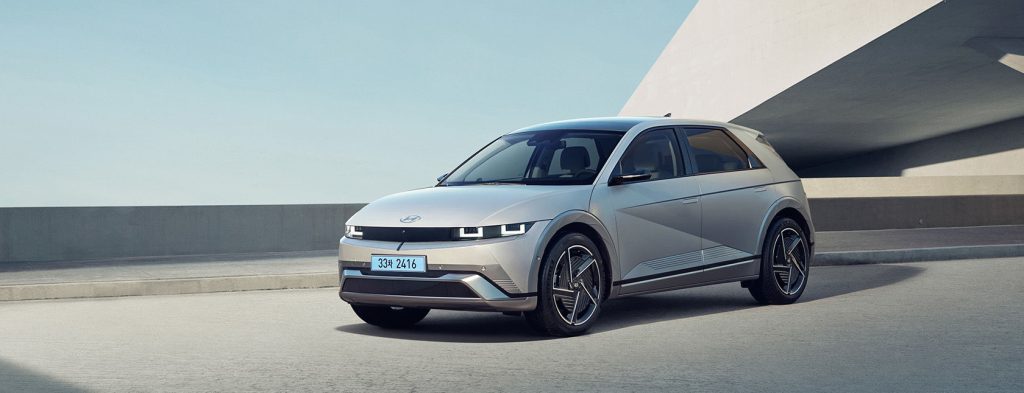

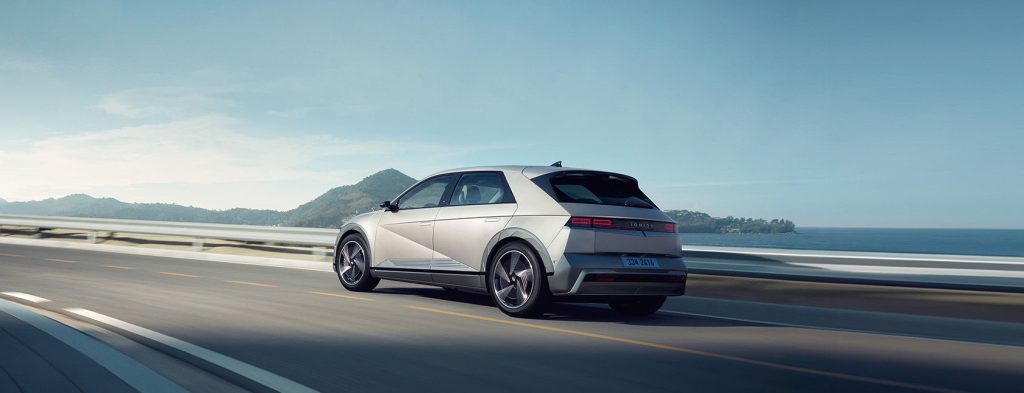
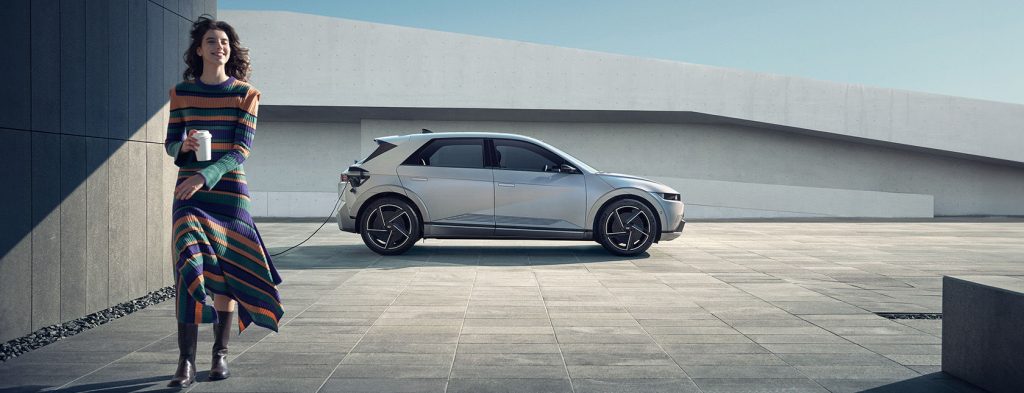
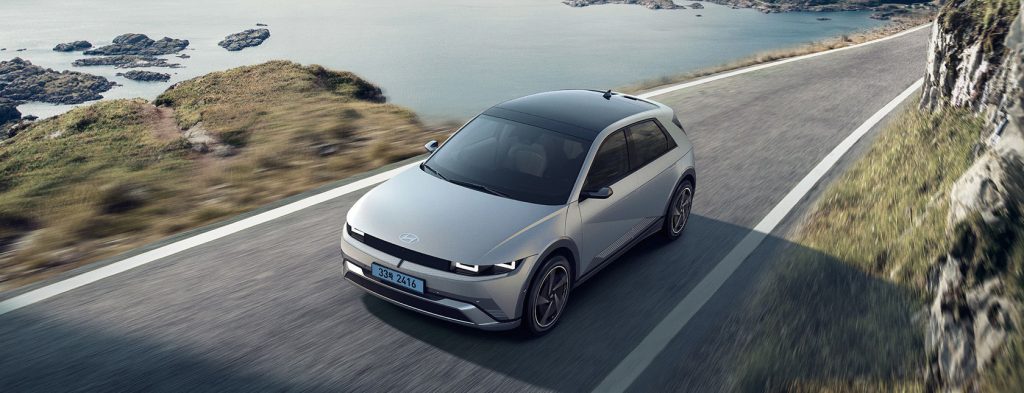
Exterior changes include new colors, some changes around the front fascia including more “pixel” motif details and an exterior charge status indicator, and a slightly larger rear spoiler above the rear window. The changes to the bumpers mean the car is now 20mm (.8 inches) longer than the previous model.
The Korean version of the car is also getting some changes to the “digital side mirrors,” which are digital cameras in place of the side view mirrors, which are not available in the US.
There are additional exterior changes for the upgraded “N line” version, in particular different bumpers, body-color trim on the wheel arches and door panels, 20-inch wheels and N line badging.
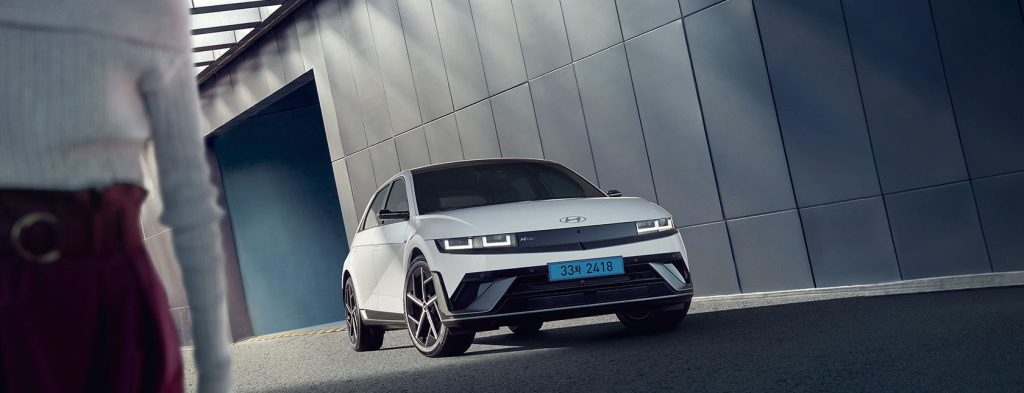
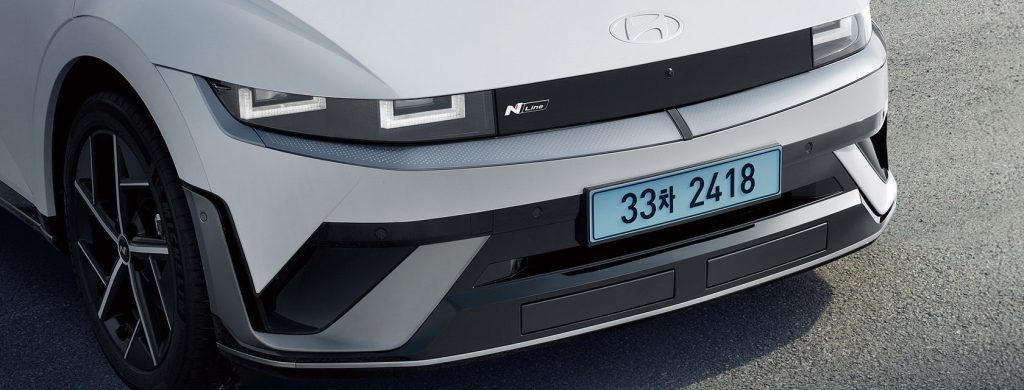
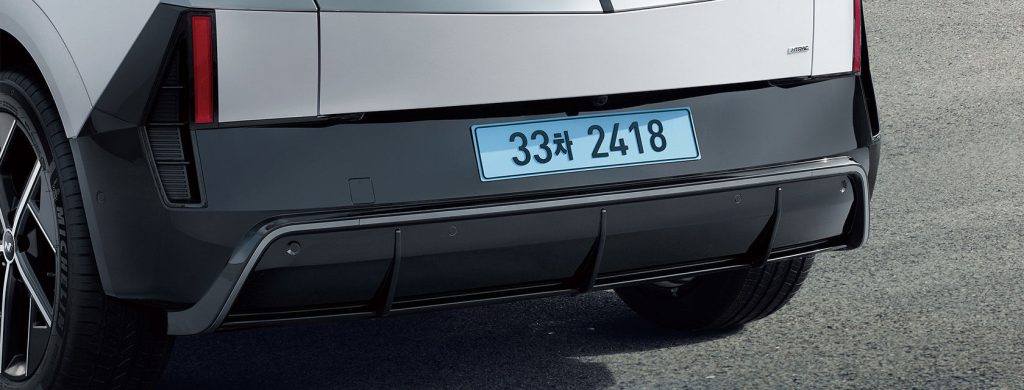
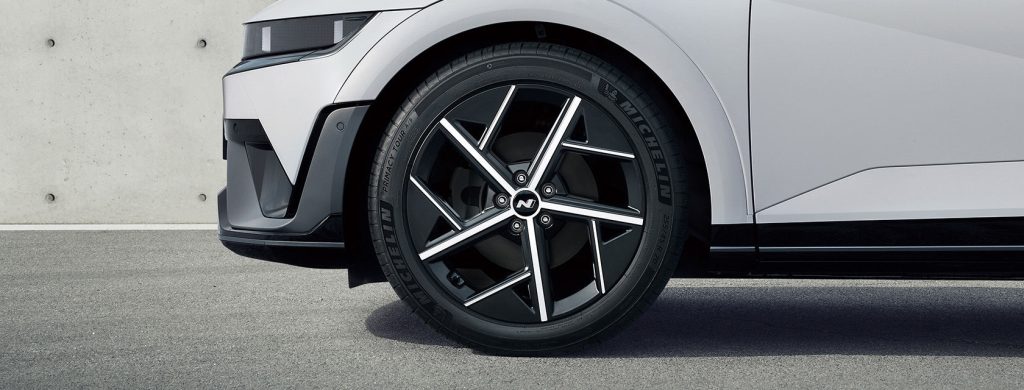
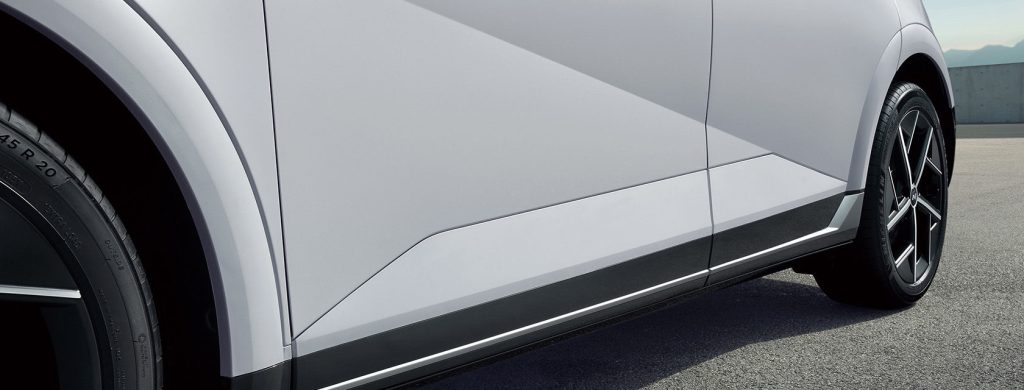
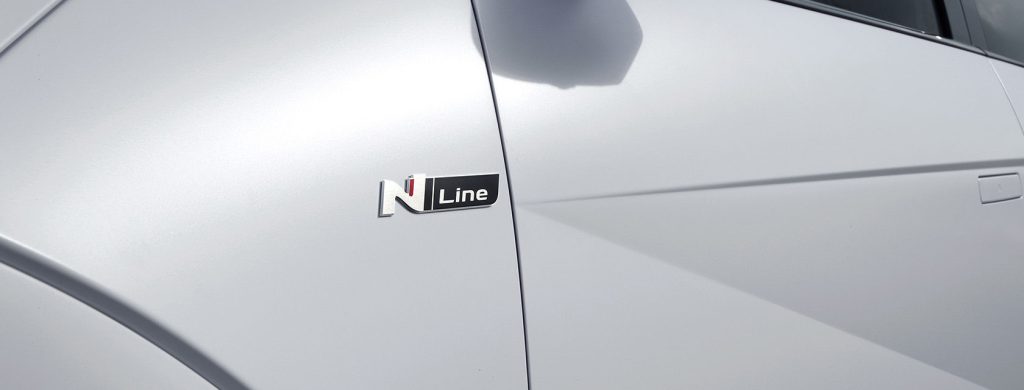
User experience has been improved with access to Hyundai’s “Digital Key 2” which lets you use your phone or Apple Watch to lock and unlock the vehicle. Ioniq 5 also has walk-away door locks (though these might only function with the key fob, not the digital key?)
And of course the largest change on the exterior is the addition of a rear window wiper. This was a big oversight on the original vehicle, which lots of owners and potential buyers lamented the absence of. The refresh gets a wiper on the rear, so you won’t have to worry about your rear window getting grimy anymore.
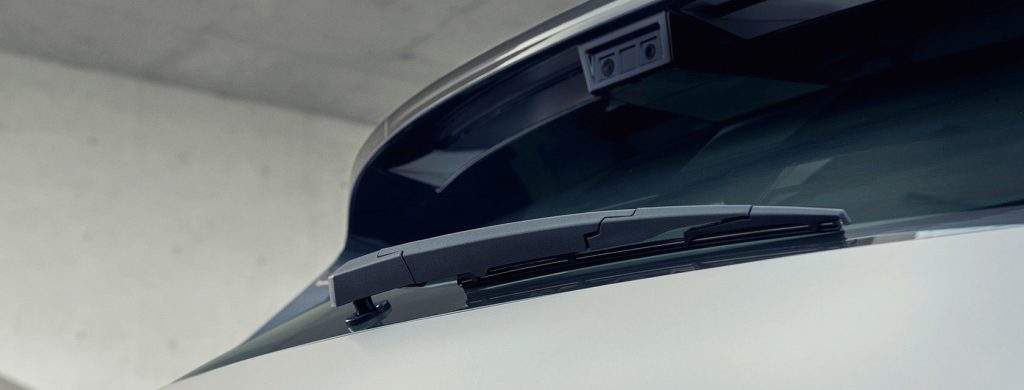
But the real changes come inside the car, with the biggest change being the addition of about 7kWh of battery, bringing the car up to 84kWh of capacity (from 77.4kWh). The Ioniq 5 was previously rated at 458km (285mi) range in Korea, and the battery increase bumps that rating to 485km (301mi).
We don’t have EPA range numbers available yet or know if Hyundai will hold back some of this capacity, but we can imagine this change will increase EPA range from its current 270mi to somewhere in the mid-high 280s.
Despite the larger battery, Hyundai says the Ioniq 5 has had a slight improvement in charge performance and therefore will still charge from 10-80% in 18 minutes, maintaining what is basically the best fast charging performance available right now.
Other mechanical changes include improved sound and vibration dampening, which should make for a smoother ride and less motor and road noise.

On the interior, a number of new features have been added. The steering wheel has been redesigned with 4 “pixel” lights in the center which are used as charge indicators or indicators for the voice recognition system – and also has something called “hands on detection,” which we presume is some sort of driver alertness feature.
The sliding center console is slightly redesigned, with the addition of USB-C ports, relocation of the smartphone charging pad, and physical buttons for some frequently used car features like the seat heater/ventilator.
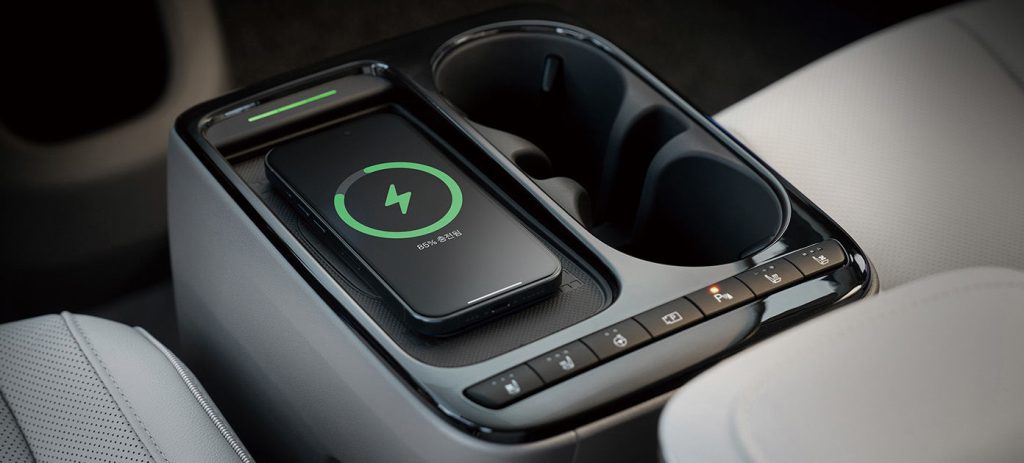
And for other functional changes, a button has been added in the trunk to fold the rear seats down, making it easier to load large things into the car from the rear.
But the biggest interior change isn’t visible, it’s in software. The Ioniq 5 is getting access to Hyundai’s “Connected Car Navigation Cockpit” software along with… over-the-air updates!
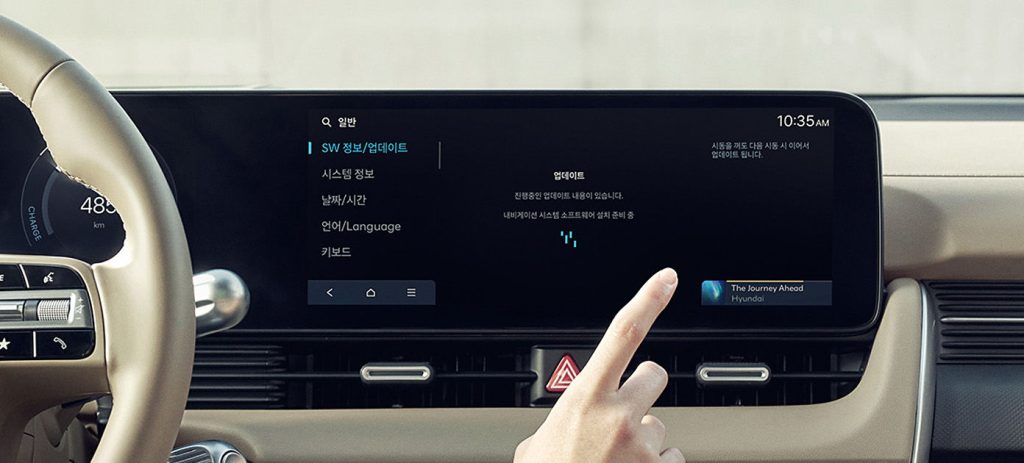
This is a new feature for Ioniq 5, though it is already present on the Ioniq 6 sedan. The updates won’t just be for critical safety/recall related updates, but for software enhancements as well.
Finally, all of this has resulted in no change in price in Korea, with the same base price of 52,400,000 Korean Won (~$39,400). So we can hope that the US base price, currently $41,800, will stay the same or close to the same when this update comes through.
As for availability, that’s anyone’s guess. We’ll have to wait for an answer from Hyundai on that one.
Electrek’s Take
The Ioniq 5 has quickly become a favorite in the EV community, and it seems like a really solid vehicle with great specs, a good price (especially if you lease it for access to US tax credits, which Hyundai has been putting a lot of focus into), and generally happy customers.
As a result, it’s also selling extremely well, even in the US despite being from a foreign automaker which results in tax credit disadvantages. In 2023 it was the best-selling foreign-assembled EV in the US (the VW ID.4 did sell better, and is from a foreign automaker, but it’s assembled in Tennessee).
Personally, I think it’s one of the best-looking cars on the road today. Despite being a small-car guy myself, it’s about the only SUV that I really like – mostly because it’s still compact, and also because the design language of the car is so solid and consistent. It looks just quirky enough to be different, without being too out there.
But these changes were also needed. The lack of rear wiper in particular was a glaring oversight, and OTA updates are such an important feature that has taken far too long to percolate to the rest of the industry. An early-model Tesla Model 3 is better today than is was in 2017, which is not a thing you can say about most cars, and hopefully the Ioniq 5 has joined those ranks due to the addition of OTA update capability.
So we hope most of these changes make their way to the US, and soon, because this is already a great car and these small fixes will just make it that much greater.


